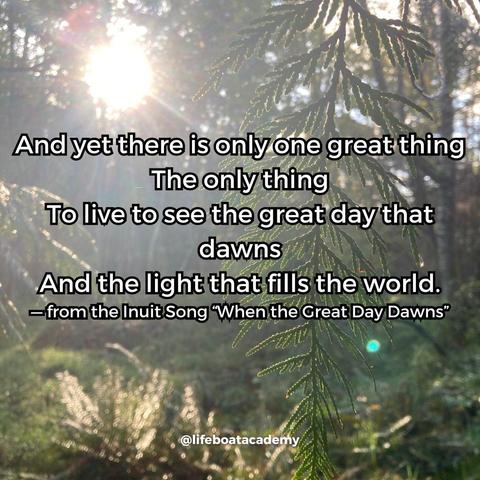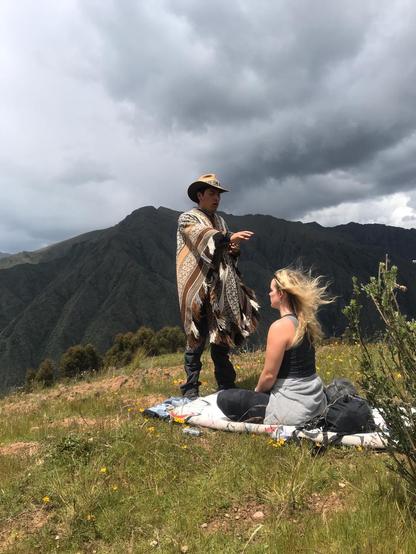Shadows in the Sugarcane: Dominican Folklore and the Mythic Beings That Still Haunt Us
Dominican folklore is a tangled web of myth, caution, and ancestral memory. It whispers through the mountains, lingers in the campos, and curls under the beds of children who still won’t go to sleep. Our island’s stories are not just bedtime tales or scary campfire anecdotes—they’re reflections of our colonial past, spiritual resistance, and the thin line between fear and reverence.
Let’s dive into four of the most iconic (and spine-tingling) figures in Dominican mythology and unpack their origins, meaning, and why they still live rent-free in our cultural psyche.
1. Ciguapa: The Enchantress with Backward Feet
Origin: Taino legend, later adapted into Dominican rural mythology
The Ciguapa is a wild, beautiful woman with flowing hair, deep eyes, and feet that point backward—a haunting detail meant to confuse anyone who tries to track her. Some say she lures men into the mountains only for them to vanish forever. Others argue she’s a protector of nature, misunderstood and demonized, especially by colonizers who feared Indigenous resistance.
Whether she’s femme fatale or forest guardian, the Ciguapa reminds us that not all wild women are wicked—sometimes, they’re just free.
Reference:
- Cuentos y leyendas dominicanas, Comisión Permanente de Efemérides Patrias
- [Dominican Folktales, Smithsonian Latino Center Archive]
2. El Bacá: The Demonic Deal-Maker
Origin: Afro-Dominican spiritual traditions mixed with Catholic superstition
If someone in the campo suddenly gets rich, locals might whisper: “Ese tiene un Bacá.”
The Bacá is a demonic entity someone summons to gain wealth, land, or power. But every deal has a price. Sometimes it’s your soul. Sometimes it’s your child. And once summoned, the Bacá must be fed—usually with blood, animals, or worse.
This myth speaks to the deep colonial scars left by exploitation and land theft, reminding us how wealth in the wrong hands often has bloody roots.
Reference:
- Cimarrón Spirits: Popular Magic in the Dominican Republic by José Guerrero
- Oral histories from La Vega and Santiago communities
3. El Galipote: The Shapeshifter of San Juan
Origin: Colonial-era Dominican myth with African and European influences
El Galipote (also known as Zángano or Lugarú) is a shapeshifting being—sometimes cursed, sometimes a powerful witch or warlock. Said to come from the San Juan region, stories describe him transforming into dogs, birds, or even trees and rocks to evade capture. He possesses superhuman strength, cannot be harmed by bullets, and allegedly drinks the blood of children to prolong his life.
To protect newborns, Dominicans still tie red strings around their wrists—a gesture of spiritual protection that predates even Christianity on the island.
Reference:
- El folklore en Santo Domingo by Franklin J. Franco
- [Museo del Hombre Dominicano archives]
4. El Cuco: The Sack-Wielding Boogeyman
Origin: Iberian Peninsula (Spain), brought over during colonization and merged with Dominican oral traditions
El Cuco is the nightmare fuel of childhood. He’s the creature that snatches kids who refuse to sleep or are caught wandering after dark. Parents don’t just threaten him—they invoke him:
“Duérmete ya, o El Cuco te va a llevar.”
With his sack and silent steps, El Cuco is less about evil and more about discipline and survival in communities where letting a child roam late could mean danger or disappearance.
Reference:
- La tradición oral infantil dominicana by Delia Blanco
- Spanish folklore origins from Galicia and Castilla, merged into Dominican usage
Why These Myths Still Matter
Dominican folklore holds power because it lives between the real and the imagined. These stories reveal how our people have coped with colonization, poverty, survival, and spiritual battles—often by giving form to fear. Today, they shape how we parent, protect, and pass down cultural knowledge.
So the next time you hear branches snap in the forest, or feel a chill near the crib, maybe ask yourself: is it just the wind—or something older, watching?
Dominican folklore holds power because it lives between the real and the imagined. These stories reveal how our people have coped with colonization, poverty, survival, and spiritual battles—often by giving form to fear.
And trust me—I lived it.
As a kid, El Cuco had me scared almost every single night. That whisper from a dark hallway? Cuco. That creak under the bed? Cuco.
And El Galipote? I’ve seen babies with red strings tied around their tiny wrists to protect them from his hunger—because no one was taking chances with that shapeshifter roaming the hills.
Even the Chupacabra, originally from our neighbors in Puerto Rico, made its way into Dominican campo lore. Eventually, folks on the island started claiming sightings too. Whether it was real or not didn’t matter—we believed, because belief itself became protection.
Today, these stories shape how we parent, protect, and pass down cultural knowledge. They’re not just old tales. They’re ancestral alarms.
So the next time you hear branches snap in the forest, or feel a chill near the crib, maybe ask yourself: is it just the wind—or something older, watching?
#AfroTainoTraditions #ancestralWisdom #CaribbeanMythology #CiguapaLegend #DominicanCulture #DominicanFolklore #ElBacá #ElCuco #ElGalipote #oralStorytelling #spookyStoriesLatineEdition



